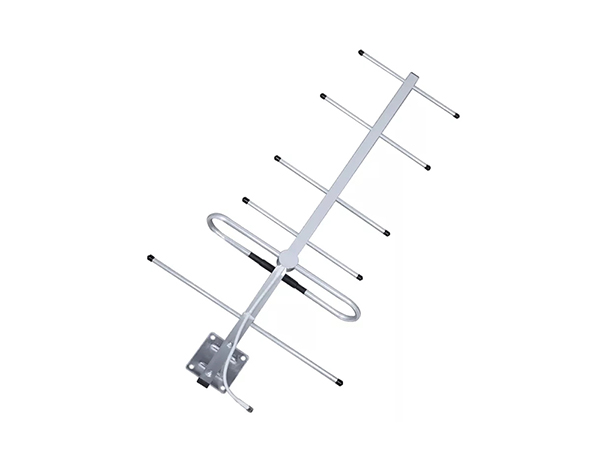The wifi antenna DB is the gain strength of the antenna. The higher the DB value, the larger the relative signal masking scale. B gain refers to the ratio of the power density of the signal generated by the actual antenna and the ideal radiating element at the same point in space under the condition of the same input power. It quantitatively describes the degree to which an antenna concentrates and radiates input power. The gain is obviously closely related to the antenna pattern. The narrower the main lobe of the pattern and the smaller the side lobes, the higher the gain. Antenna gain is used to measure the ability of an antenna to send and receive signals in a specific direction, and it is one of the most important parameters for selecting a base station antenna. In general, the increase in gain mainly depends on reducing the lobe width of the radiation in the vertical plane, while maintaining the radiation performance in the omnidirectional plane in the horizontal plane. Antenna gain is extremely important to the operational quality of a mobile communication system because it determines the signal level at the edge of the cell. Increasing the gain can increase the coverage of the network in a certain direction, or increase the gain margin within a certain range. Any cellular system is a two-way process, and increasing the gain of the antenna can reduce the gain budget margin of the two-way system at the same time. In addition, the parameters representing the antenna gain are dBd and dBi. dBi is the gain relative to the point source antenna, and the radiation in all directions is uniform; dBd is relative to the gain of the symmetrical array sub-antenna dBi=dBd+2.15. Under the same conditions, the higher the gain, the farther the electric wave travels.

The gain is obviously closely related to the antenna pattern. The narrower the main lobe and the smaller the side lobe of the pattern, the higher the gain. The physical meaning of the gain can be understood in this way---in order to generate a signal of a certain size at a certain point on a certain interval, if an ideal non-directional point source is used as the transmitting antenna, an input power of 100W is required, and When a directional antenna with a gain of G = 13 dB = 20 is used as the transmitting antenna, the input power is only 100 / 20 = 5W.
The DB gain of the antenna, in terms of its radiating effect in the direction of maximum radiation, is the number of times the input power is amplified compared to an ideal point source without directivity. The gain of the half-wave symmetrical oscillator is G=2.15dBi. Four half-wave symmetrical oscillators are placed up and down along the vertical line to form a straight quaternary array with a gain of about G=8.15dBi (the unit of dBi indicates that the comparison target is an ideal point source with uniform radiation in all directions). If a half-wave symmetric oscillator is used as the comparison target, the unit of gain is dBd. The gain of the half-wave symmetrical oscillator is G=0dBd (because it is compared with itself, the ratio is 1, and the logarithm is taken to get the zero value.) The gain of a straight quaternary array is about G=8.15–2.15=6dBd.